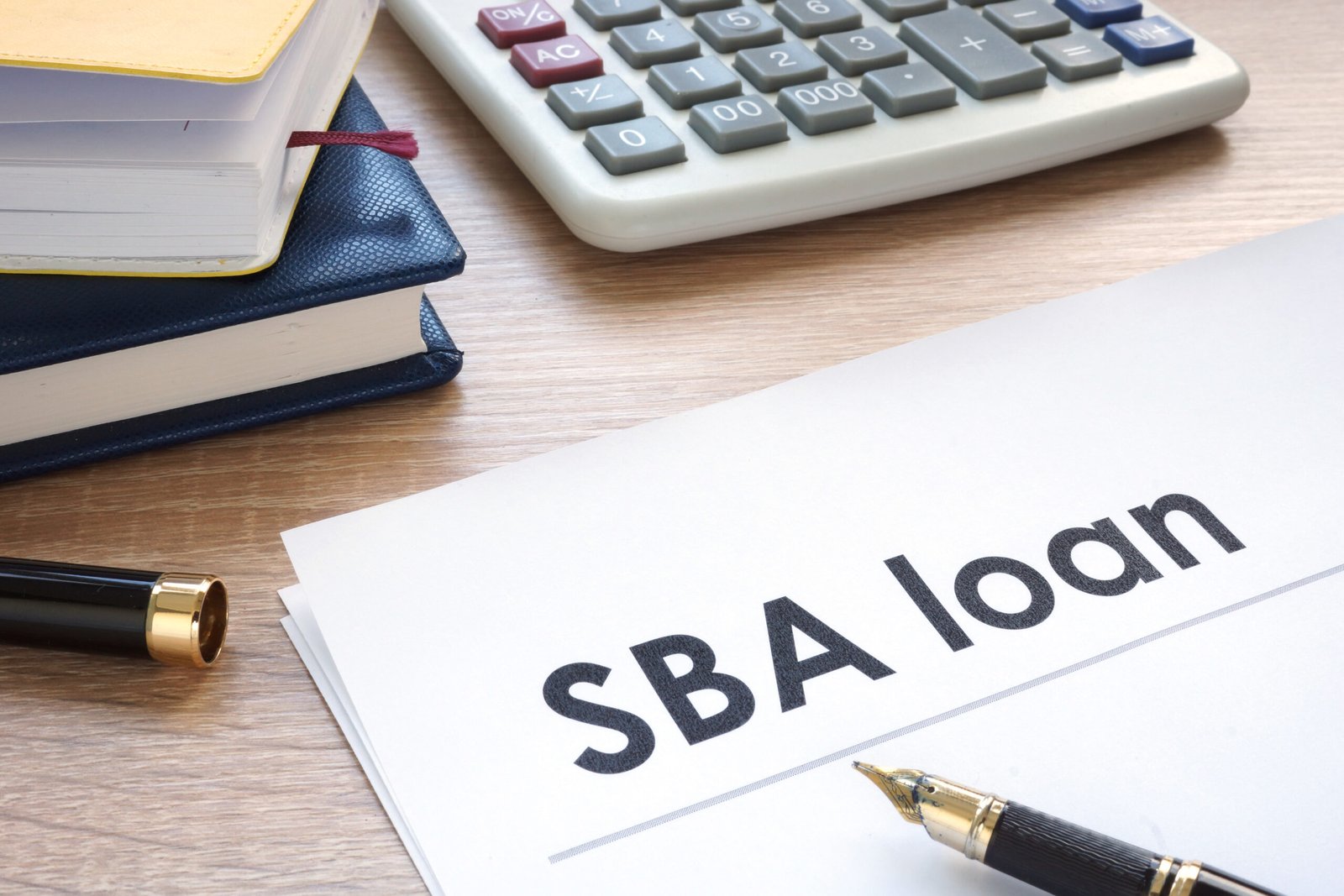Small Business Administration (SBA) loans provide crucial financial assistance to businesses, enabling them to grow and overcome financial challenges. Whether you’re looking to expand your operations, cover unexpected expenses, or strengthen your cash flow, an SBA loan can be a lifeline for small business owners. However, as business circumstances change, you may wonder if it’s possible to transfer your SBA loan to another borrower.
In this comprehensive guide, we’ll explore whether SBA loans can be transferred, the conditions surrounding loan assumptions, the process of transferring an SBA loan, and potential consequences. Let’s dive into everything you need to know about transferring your SBA loan to another borrower.
What is an SBA Loan?
An SBA loan is a business loan provided by participating lenders but guaranteed by the U.S. Small Business Administration. The SBA works with lenders to reduce the risk of default, making it easier for small businesses to access funding.
SBA loans come in different forms, such as:
- SBA 7(a) Loans – The most popular SBA loan for general business needs.
- SBA 504 Loans – Designed for purchasing real estate and large equipment.
- SBA Microloans – Smaller loans that provide funding up to $50,000.
- SBA Disaster Loans – Available to businesses affected by natural disasters.
Each type of loan comes with specific eligibility requirements, repayment terms, and restrictions. One key question that often arises is whether these loans are transferable to another borrower.
Can You Transfer Your SBA Loan to Another Borrower?
The short answer is no, you cannot transfer an SBA loan to another person outright. SBA loans are personal agreements between the borrower and the lender, meaning the terms of the loan are tied to the original borrower. However, there are circumstances under which another party might assume responsibility for the loan, though the process is not as simple as an outright transfer.
This brings us to a related concept: loan assumptions.
What is a Loan Assumption?
A loan assumption occurs when the original borrower is replaced by a new borrower who takes over the loan’s obligations. This can happen if a business is sold or if the borrower faces a situation in which they cannot continue managing the loan (for instance, personal or business-related hardships).
For SBA loans, the SBA 7(a) loan and SBA 504 loan programs do allow for loan assumptions under specific circumstances, but only with the approval of the lender and the SBA. The new borrower will need to meet the SBA’s eligibility requirements and the lender’s approval criteria, and the SBA must agree to the transfer.
The new borrower essentially steps into the shoes of the original borrower and assumes all terms, obligations, and responsibilities of the loan. However, it’s important to note that the original borrower remains liable until the SBA approves the transfer.
Why Would You Want to Transfer or Assume an SBA Loan?
There are several scenarios where transferring or assuming an SBA loan may be desirable. Here are some common reasons:
1. Business Sale or Merger
If you sell your business or merge with another, the new owner may want to assume your SBA loan to avoid refinancing. This process allows the new owner to continue the same loan terms rather than taking out a new loan, which could be more complicated or have less favorable terms.
2. Change of Ownership
A change of ownership may happen if you decide to step down from your business or retire, and a family member, partner, or outside investor takes over. In such cases, assuming the loan may be a smoother option than taking out a new one.
3. Financial Hardship
In rare cases, if the original borrower faces severe financial difficulties and cannot keep up with the payments, a new borrower with better financial standing may assume the loan to ensure the business continues operations and the loan remains current.
4. Partnership Changes
When a partnership changes, such as one partner buying out another, loan assumption may be used as a way to adjust the obligations tied to the loan.
The Process of Loan Assumption
Although transferring an SBA loan isn’t as simple as a title transfer, assuming the loan can be a possibility if certain conditions are met. Below are the steps involved in the loan assumption process.
1. Review Loan Documents and SBA Guidelines
The first step is to review the original loan documents to understand any restrictions or clauses regarding loan assumption. Different SBA loan types might have different rules, so understanding the specific guidelines of your loan agreement is essential.
2. Negotiate with the Lender
You’ll need to communicate with the lender who issued the SBA loan. The lender will review the request and determine whether they will approve the loan assumption. The lender will likely require the new borrower to meet certain financial qualifications, and they will want to ensure the loan continues to be paid on time.
3. SBA Approval
After the lender agrees to the assumption, the request will be sent to the SBA for final approval. The SBA will ensure that the new borrower meets the eligibility requirements and review the loan terms to ensure that all parties are in compliance with SBA regulations.
4. Submit a New Application
The new borrower may need to submit an application to the SBA to assume the loan. The application will likely include a review of the borrower’s financials, business background, and other relevant documentation. The SBA wants to ensure that the new borrower has the financial capacity to handle the loan.
5. Finalize the Transfer
Once the SBA approves the loan assumption, the new borrower will take on the loan obligations. This typically involves signing a new agreement with the lender, and the old borrower will be released from responsibility for the loan.
It’s important to note that until the transfer is approved, the original borrower remains legally responsible for the loan.
What Are the Potential Challenges of Loan Assumption?
While loan assumption can be a viable option for transferring an SBA loan, it comes with several potential challenges and considerations:
1. SBA Approval Process Can Be Lengthy
The SBA approval process is not instant. It can take several weeks or even months to receive approval for a loan assumption. This can delay business transactions and cause additional financial strain if the process takes longer than anticipated.
2. New Borrower Requirements
The new borrower must meet the same eligibility requirements as the original borrower. This includes proving the financial stability of the new borrower, their ability to repay the loan, and the financial health of the business. If the new borrower does not meet these requirements, the assumption may not be approved.
3. Responsibility of the Original Borrower
Until the SBA officially approves the loan assumption, the original borrower remains responsible for the loan. This means the original borrower could still be held accountable if payments are missed or the new borrower defaults before the transfer is finalized.
4. The Lender’s Approval
While the SBA may approve the loan assumption, the lender has the final say. The lender may not agree to the assumption, especially if they have concerns about the new borrower’s creditworthiness or the future of the business.
5. Fees and Costs
There may be additional fees associated with loan assumptions. These fees could include application fees, legal costs, and processing fees, which can add up depending on the complexity of the case.
Alternatives to Loan Assumption
If a loan assumption isn’t possible or doesn’t make sense for your business, here are some alternatives to consider:
1. Refinancing the Loan
In some cases, the new borrower might consider refinancing the SBA loan instead of assuming it. This allows the new borrower to take out a new loan under different terms but pay off the original SBA loan.
2. SBA Loan Prepayment
If the business is being sold or the owner is stepping down, the existing loan could be paid off early, allowing the new owner to obtain new financing, either through an SBA loan or another type of business loan.
3. Selling the Business Without the Loan
In some cases, businesses may sell without transferring the SBA loan, leaving the original borrower responsible for paying it off. This approach may require the new buyer to find alternative financing to take over the business.
Conclusion
While transferring an SBA loan directly to another borrower is not allowed, the loan assumption process offers a viable option for certain situations, such as business sales, ownership changes, or financial hardship. However, the process is complex and requires the approval of both the lender and the SBA. It’s important to thoroughly understand the loan assumption process, eligibility requirements, and potential challenges before pursuing this option.
Before deciding to transfer your SBA loan, you should consult with a financial advisor, legal professional, or SBA expert to explore your options and determine the best course of action for your business. Whether you’re selling your business, merging, or going through a transition, careful planning can help you navigate the loan assumption process smoothly and avoid unnecessary complications.
Tags: Best medical-loan | car loans for bad credit | Moving loan with bad credit | Best home improvement loan | Best instant personal loan | Wedding loan with bad credit | Best Personal installment loans | Best Small business loan | Best SBA Loan | Best commercial Real Estate loans | Best Undergraduate Student loans | Best Graduate Student loans | Best Refinance Student loans | Personal loans near me | Best Business loans | Best Student loan forgiveness




